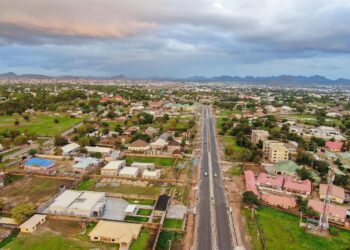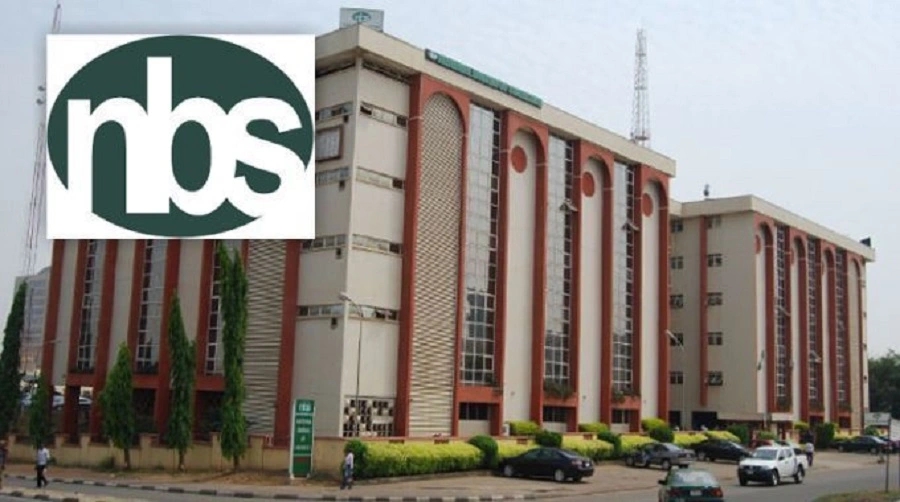The latest pension statistics have shown that the Nigerian Pension Fund asset crossed the N9 trillion mark in the first quarter of 2019. Most analysts have largely attributed this feat to the growing awareness campaigns which have influenced the willingness of Nigerians to take their retirement plan seriously.
Also, Pension data covering the first quarter of 2019 show that Pension Contributors in Nigeria rose to 8.57 million compared to 8.41 million contributors recorded in Q4 2018. From the foregoing, it can be seen that the number of pension account holders increased by 2% between Q4 2018 and Q1 2019.
However, even though the pension fund asset has reached the N9 trillion naira mark, the breakdown shows that it is largely dominated by total FGN Securities, which several analysts have flawed. Let’s take a look at the breakdown of Nigeria’s Q1 pension fund asset.
Pension contribution by age category
A closer look at the pension data shows that pension contributors within the age group 30-39 years are dominant with 36% (3.06 million) of total contributors in the first quarter of 2019. Between Q4 2018 and Q1 2019, contributors aged 30-39 years increased by 14,873.
- Also, pension contributors within the age group of 40-49 years old stood at 2.40 million (28% of total) in Q1 2019, rising by 60,341 when compared to what obtained in the previous quarter (Q4 2018)
- The total Pension contributors within the age bracket of 50-59 years ranked the third with 1.54 million (18% of total) as at Q1 2019. Comparing this to the contributors in the previous quarter (1.52 million), it implies the contributors within the age bracket rose by 60,341 in one quarter.
- Similarly, contributors aged 60-65 years recorded a 24,161 increase in one quarter, improving the total contributors with this age bracket to 494,826.
- A further breakdown shows that contributors within the age bracket 65 and above rose by 14,171 contributors in the first quarter to hit 494,826 contributors.
- Lastly, contributors under 30 grew the slowest with 12,761 contributors with the last quarter, with a total of 816,656 contributors.
Pension Fund Assets Distribution
While the pension statistics remain abysmally low in Nigeria, another critical aspect of pension that analysts have flawed is the investment’s structure of the Nigerian Pension Fund. Over the years, a larger chunk of the pension fund has been invested in FGN securities, which are regarded as safe with low investment returns.
In the first quarter of 2019, FGN Securities still accounted for 72% (N6.5 trillion) of the total pension fund in Nigeria. Items listed under FGN securities include FGN Bonds, Treasury Bills, Agency Bonds, Sukuk Bonds, Green Bonds and so on. Next to the FGN securities is real estate properties with 2.56% (N231.37 trillion) of the total pension fund.
What the future holds for Pension Fund in Nigeria
Analysis of the age distribution of Pension contributors shows that the future still looks bleak despite increasing awareness among Nigerians. Within the quarter under review, contributors under 30 years added only 14,171. A closer look at the data shows that contributors less than age 30 ranks 4th highest contributors in all the six groups.
Ideally, the way pensions are designed, the younger the contributors the better the pension funds asset in any nation. This is because younger people contribute for longer periods, ensuring that pension fund assets are robust enough for investments.
On the other hand, contributors within the age bracket 30-39 years are dominant with 36% (3.06 million). This suggests that the Pension scheme in Nigeria is laced with a high level of growth uncertainties.
- Again, despite the 8.57million mark contributors, this only represents 12% of the population of employed people in Nigeria.
- According to the National Bureau of Statistics (NBS) unemployment data for the fourth quarter of 2018, the total number of Nigerians employed in both full and part-time stood at 69.6million.
- It implies that 61 million employed Nigerians are not captured under the contributory pension scheme.
Fund Managers’ approach and way out
It has been generally argued that the “conservative” investment strategy of pension fund administrators (PFA) who invest almost exclusively in FGN securities, is the major reason for the low rate of return.
- While this is worrisome, analysts have also put forward that fund managers are not to blame so much for this, as the regulation requires them to allocate a sizable portion of their assets to fixed income securities.
- Also, the rationale of trying to preserve the pension fund has always been to invest in secured fixed income securities and this in the meantime is paying off.
- While one resonates that it is a risk management strategy for fund managers to invest in secured fixed securities, the government and the fund managers should review approaches to ensure that pension asset growth is not sacrificed under the guise of secured investments.
- Lastly, the dwindling rate of under 30 pension contributors requires urgent action, otherwise, the future of the Pension scheme in Nigeria would further remain bleak.






















